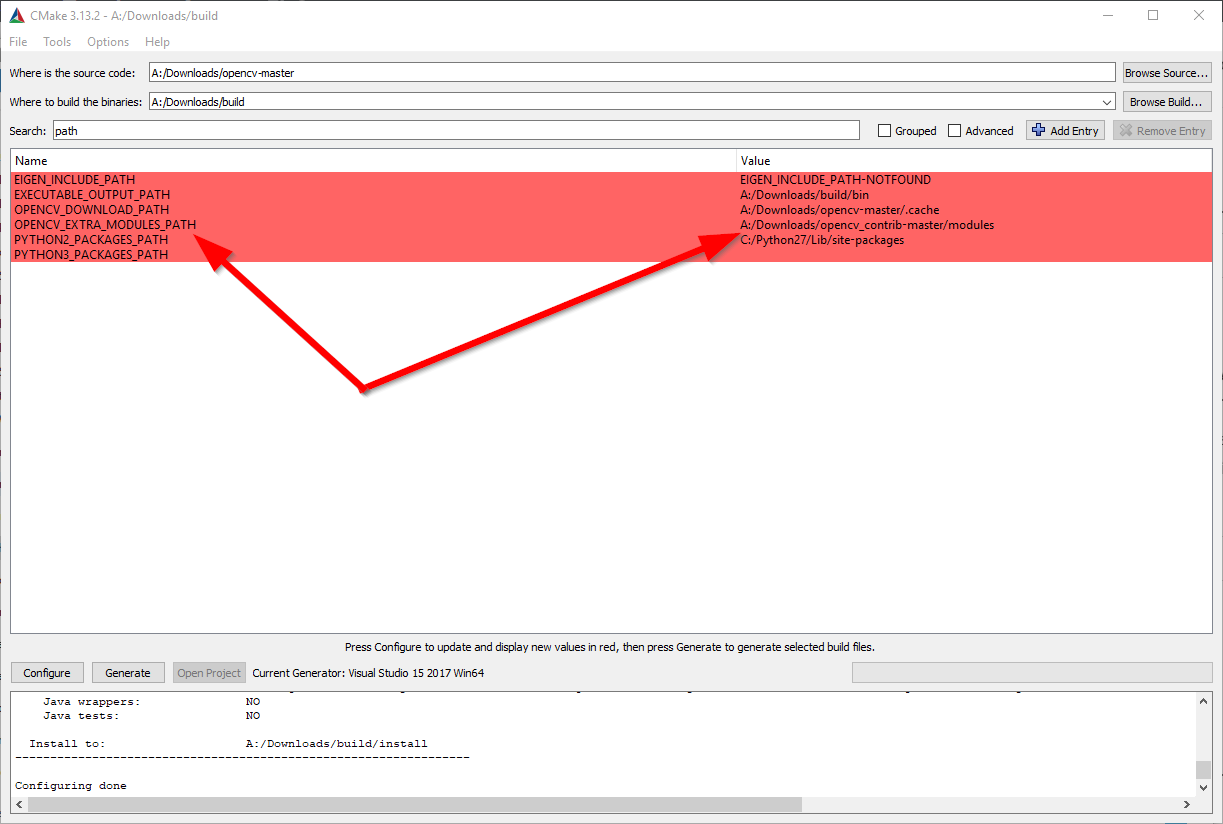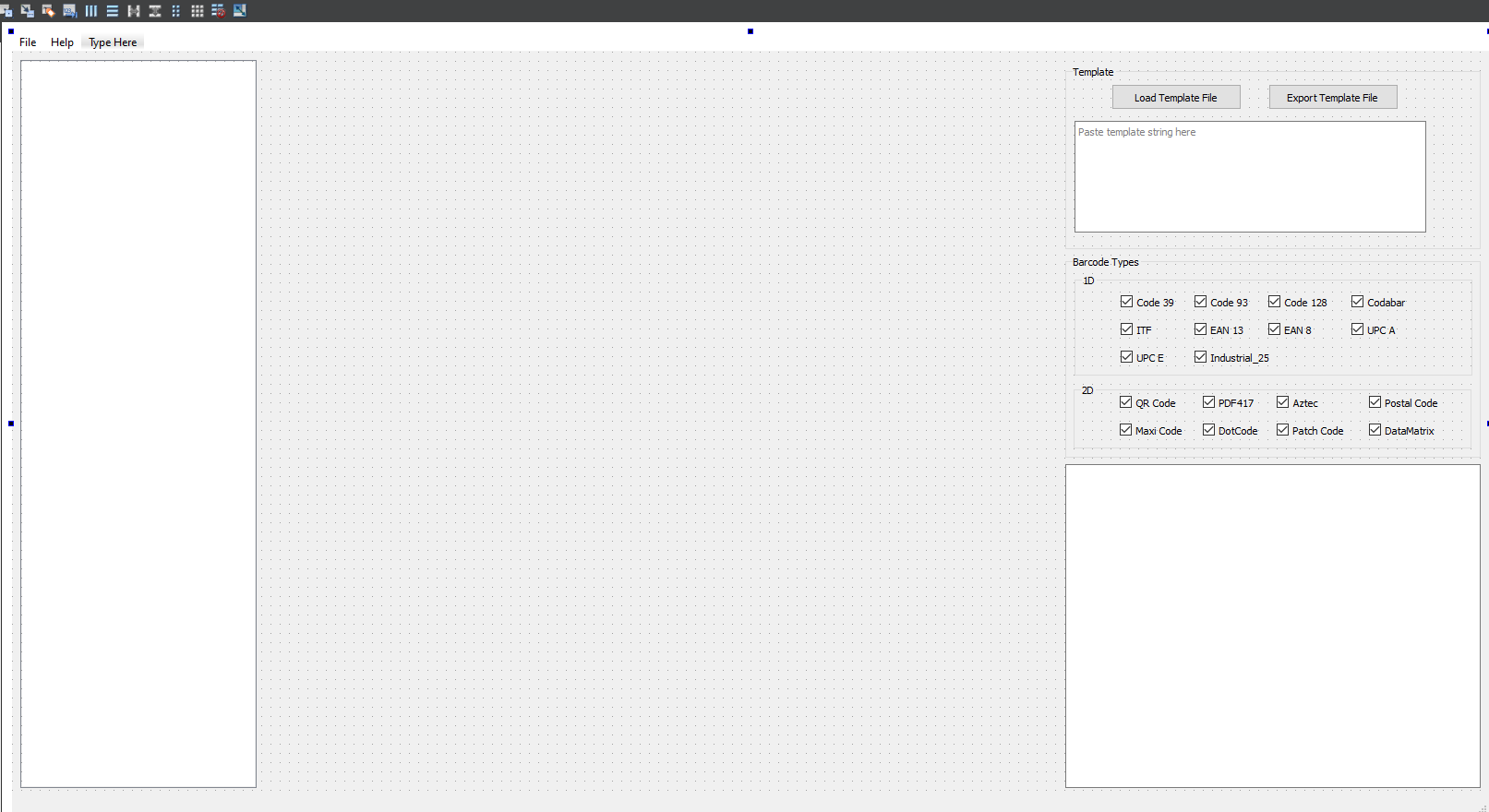

They typically slowĭown LLVM and Clang when enabled, but can be useful during development. Assertions are internal checks to help you find bugs.You can improve RAM usage by using lld, see Builds with debug information can use a lot of RAM and disk space and is.Optimizations make LLVM/Clang run faster, but can be an impediment for.This configures the optimization level for make or ninja builds. Used variables that control features of LLVM and enabled subprojects. Used LLVM-related Variables below for information about commonly Or execute cmake -help-variable VARIABLE_NAME.
#Install cmake unix full#
For full documentation, consult the CMake manual,

Here are some of the CMake variables that are used often, along with aīrief explanation. You mayĪlso wish to control which targets LLVM enables, or which LLVMĬomponents are built see the Frequently Used LLVM-relatedĪfter CMake has finished running, proceed to use IDE project files, or start Tool for instructions, see the Usage section, below. To build MinGW makefiles if you have a POSIX shell reachable through the PATHĮnvironment variable, for instance. Itself is the correct one for your development environment. You intend to use is the only one reachable from the shell, and that the shell In this case, make sure that the toolset that This can fail if CMake can’t detect your toolset, or if it thinks that theĮnvironment is not sane enough. See the Options and variables section forĪ list of build parameters that you can modify. CMake will use default valuesįor all build parameters. Generate the files required for building LLVM.
#Install cmake unix series#
There are two possible approaches for building CMake from a source tree.CMake will detect your development environment, perform a series of tests, and The Download page provides source releases. One may alternatively download and build CMake from source. There are pre-compiled binaries available on the Download page for some UNIX platforms. One may alternatively download and build CMake from source as in the following section. Applications/CMake.app/Contents/bin) to the PATH.
#Install cmake unix install#
Or, one may manually add the install directory (e.g. After copying CMake.app into /Applications (or a custom location), run it and follow the “How to Install For Command Line Use” menu item for instructions to make the command-line tools (e.g. There are pre-compiled binaries available on the Download page for macOS as disk images and tarballs. Typically this means selecting CMake as the Source directory and then selecting a binary directory for the resulting executables.

Once the binary is installed, run it on CMake as you would any other project. In order to build CMake from a source tree on Windows, you must first install the latest binary version of CMake because it is used for building the source tree. The Download page also provides source releases. C:\Program Files\CMake\bin) to the PATH in a command prompt. If that is not selected during installation, one may manually add the install directory (e.g. The Windows installer has an option to modify the system PATH environment variable. There are pre-compiled binaries available on the Download page for Windows as MSI packages and ZIP files. There are several ways to install CMake, depending on your platform.


 0 kommentar(er)
0 kommentar(er)
